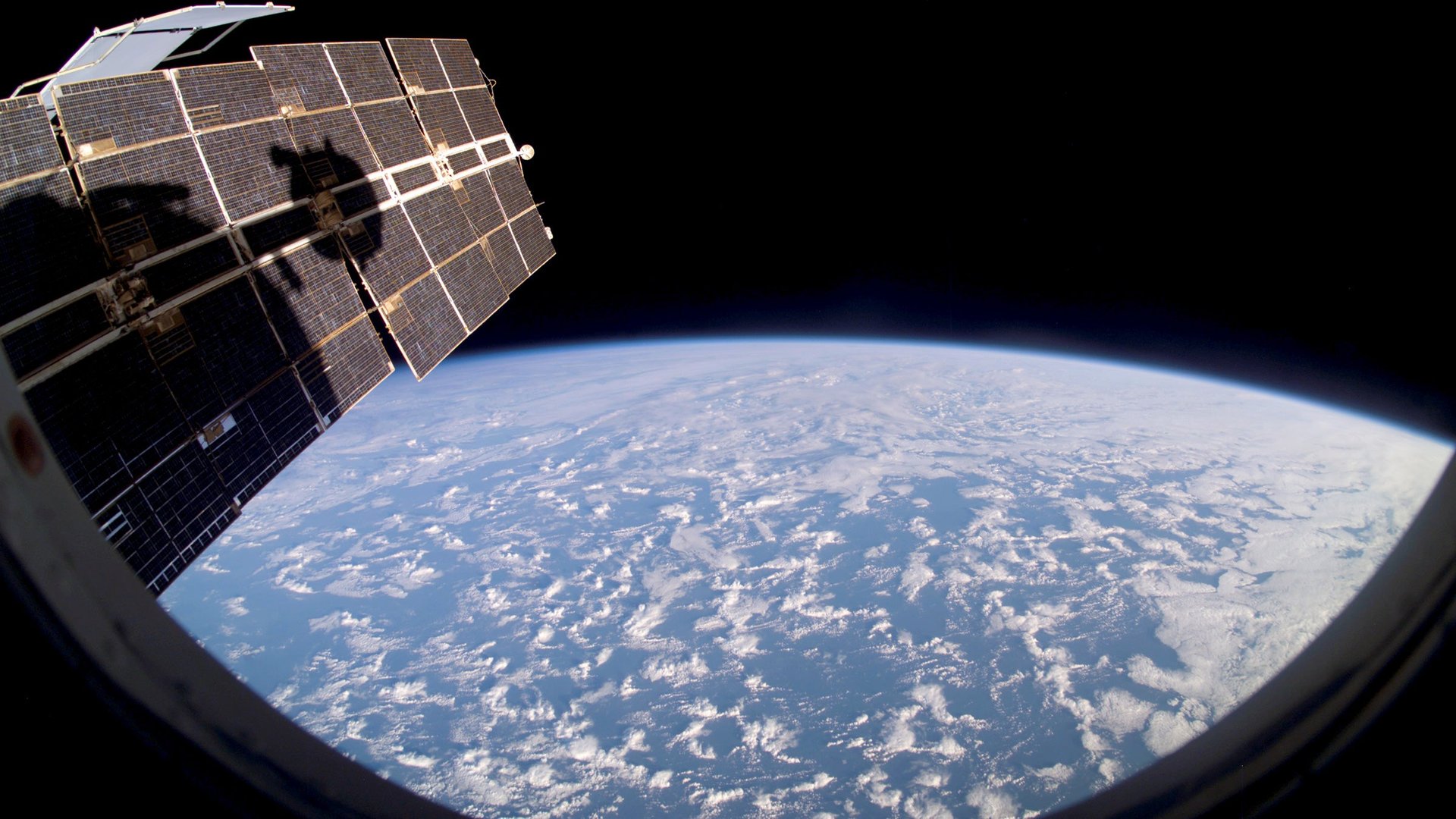The race to space 2.0
First globalization. Now universalization.


First globalization. Now universalization.
With the US space shuttles retired, NASA has passed the space exploration torch. At long last the private sector has incentive to enter, and inhabit, the final frontier.
For the time being, there are two traditional industries – albeit led by revolutionary companies – racing to leverage this new market: tourism and shipping.
For every astronaut lionized in the 1960s, 70s, and 80s, millions more dreamt to see space themselves, to float weightlessly inside a shuttle, to hit a 6 iron off the moon. Ironically, by the defunding of the space shuttle program, these dreams have a better chance to be realized, thanks to a handful of private companies and their vision to bring space to the common man – or the common man to space, as it were.
Most notable of the group is Sir Richard Branson, who is developing Virgin Galactic, a space tourism venture that will take guests on approximately a 2.5 hr journey with about 6 minutes of weightlessness. Already more than 500 people – reportedly including the likes of Tom Hanks and Stephen Hawking – have signed up for this experience, at more than $1,300 per in-flight minute. But Branson is hoping to lower the price tag. As technology improves and demand in space tourism increases, the costs will decrease to an affordable rate. (As evidenced by the aesthetic of their website, Galactic is hoping to appeal to hopeful space tourists as well as millionaires. Note the similarities between the Virgin Galactic Enrollment page and that of Space Camp’s! Branson knows his audience.)
With the International Space Station still up and running, supplies need to be transported to and from the ISS. Private companies have jumped into this shipping market. SpaceX, led by founder Elon Musk, will make 11 cargo resupply missions to the ISS through 2016, under a $1.6 billion contract from NASA.
The primary purpose of these missions is clear: resupply the ISS. But secondarily, SpaceX is using these missions to build out their goal of transporting people in the ultimate pursuit of human space exploration: inhabiting Mars – all while attempting to build reusable rockets to get there.
And once we inhabit Mars, the final frontier will be redefined.
Click here to participate in a short Cadillac survey.
This article is written on behalf of Cadillac and not by the Quartz editorial staff.